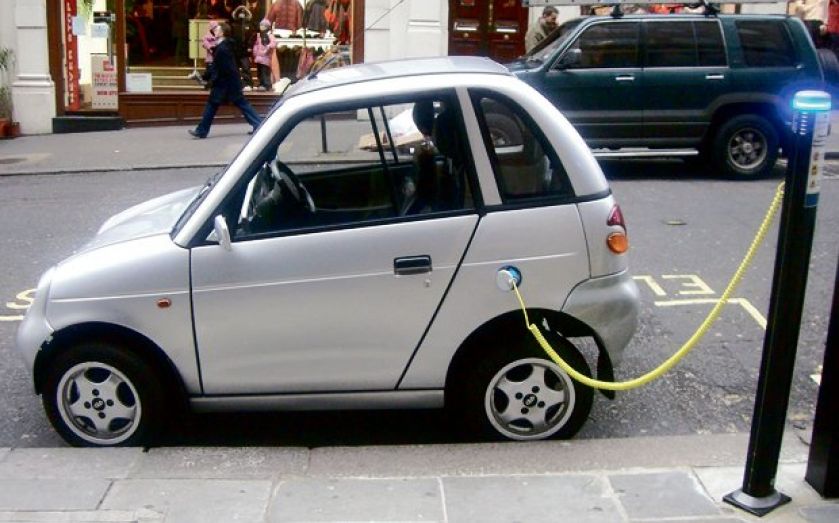A lesson from King Canute for the EV transition: You can’t force hype
European politicians need to learn a few lessons about demand, writes Paul Ormerod


European politicians need to learn a few lessons about demand, writes Paul Ormerod
The total victory of the electric car is in sight. For the first time ever, the total number of all-electric cars on the road has recently exceeded those of petrol. Just this August, a massive 94.3 per cent of all new car sales were all-electric.
This means that we will hit our target – all new car sales being zero emission by 2025 – a full 10 years ahead of the EU.
The only problem for Ed Miliband and his quest for net zero is that these figures do not refer to the UK. Instead, they describe Norway.
Norwegians, of course, can afford almost anything. The tiny population of some 5.5m owns vast reserves of oil and gas. Per capita income is around 75 per cent higher than in Germany. That’s higher even than in the US.
In effect, Norway is rich enough to meet a zero emissions target. But its wealth derives from selling polluting fuels to the rest of the world.
Slowing down
Elsewhere in Europe, in the real world so to speak, electric car sales are stalling badly.
In complete contrast to Norway, in Germany EV sales in August were no less than 70 per cent down year on year. In France, the EU’s second largest market for battery electric vehicles behind Germany, they were down 33 per cent.
The European Commission is coming under strong pressure to abandon its target of zero emission by 2035. Top carmakers including Volkswagen, BMW and Renault have already suggested pushing back the targets, which would see companies fined for failing to comply.
Italy has urged the EU to pause its “absurd” plans to ban petrol cars by 2035 amid concerns the policy risks triggering the automotive industry’s collapse.
Range anxiety
The reasons for the sales of EV stalling are by now familiar. They cost a lot more than other cars to buy. Drivers have frequent “range anxiety”: there are not enough charging points, and manufacturers have certainly been creative in their claims about the range the cars will deliver in real traffic conditions. This month, it has been alleged that using an electric car has become twice as expensive as using a regular petrol car.
The European Automobile Manufacturers’ Association (ACEA) has gone even further: “We are missing crucial conditions to reach the necessary boost in production and adoption of zero-emission vehicles: a competitive manufacturing environment, affordable green energy, purchase and tax incentives, and a secure supply of raw materials, hydrogen and batteries.”
How demand works
There are now many examples of innovations which have succeeded to the point where a large percentage of the population has them. Around a hundred years ago, radios, known then as a “wireless”, began to surge in popularity. In the second half of the 20th century we had television, washing machines, cars, followed by the technologies of modern consumer products such as the smartphone.
These all follow recognisable patterns in terms of the cumulative percentage of consumers who have adopted the product and technology. Many follow an “S” shape, with relatively slow takeup from a small number of innovative households, followed by a very sharp rise and then a tailoff when most people who are ever going to have one have adopted the technology.
What we do not see with successful technologies is a sharp break at any point in the process of their adoption over time. The precise rate at which they spread will of course be influenced by factors such as price.
King Canute of course had more sense than to believe he could hold back the tide. He did it to show his courtiers the limits of his power. Politicians across Europe need to learn that they cannot force a product onto consumers who have shown by their actual behaviour that they do not really want it.
Paul Ormerod is an economist at Volterra Partners LLP



